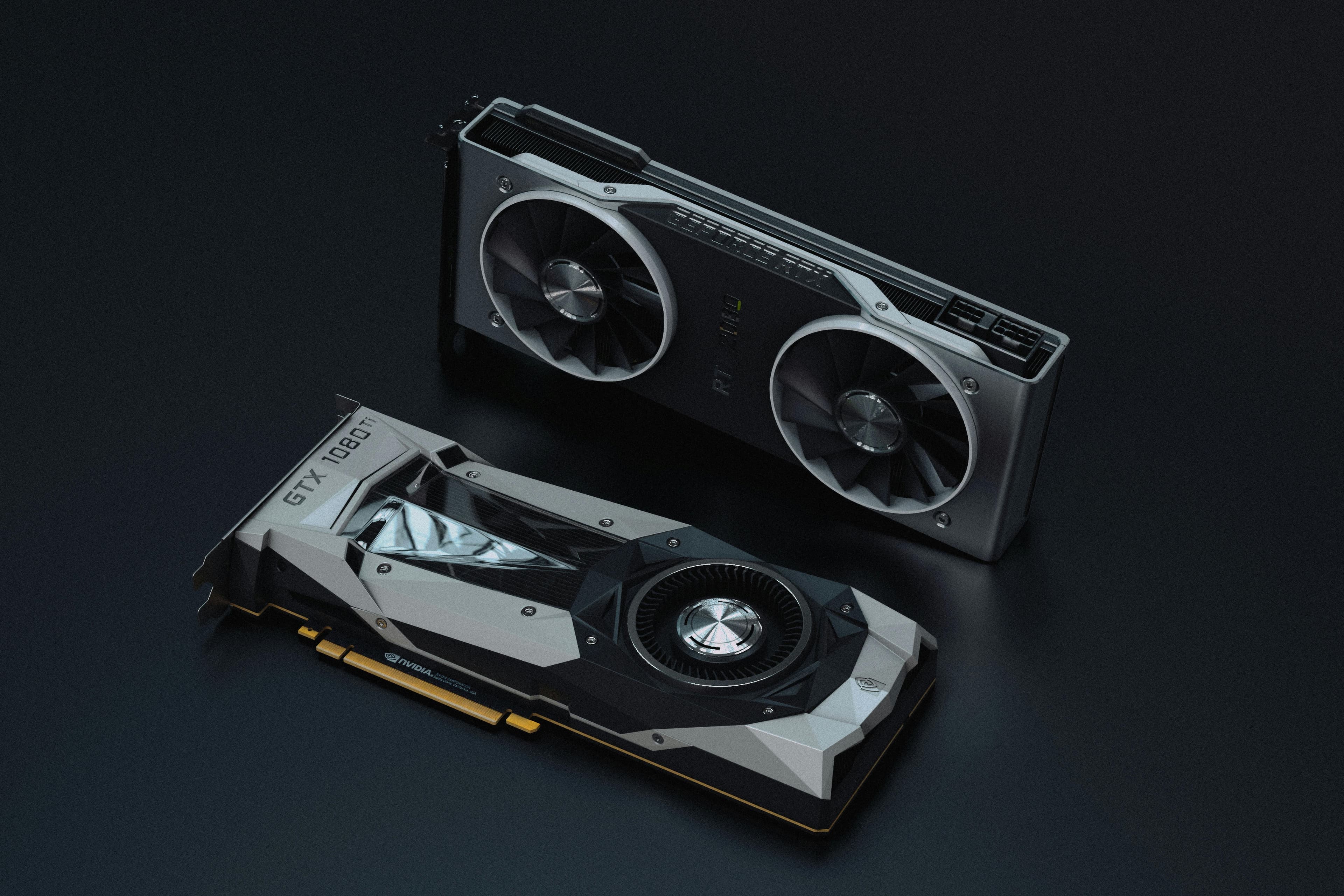The Scaling Laws Driving Compute Demand
In recent years, AI has been centered around training large models. However, with the emergence of AI reasoning models, inference has become the primary driver of AI economics. Three fundamental scaling laws explain this shift:
- Pretraining Scaling: Larger datasets and increased model parameters lead to predictable intelligence gains, but achieving this stage requires substantial investment in skilled expertise, data curation, and compute resources. Over the past five years, compute requirements for pretraining have surged by a factor of 50 million. However, once a model is trained, it significantly lowers the barrier for others to build upon it.
- Post-Training Scaling: Fine-tuning AI models for real-world applications requires 30 times more compute during inference than pretraining. As organizations adapt foundational models for specific use cases, the demand for AI infrastructure rises exponentially.
- Test-Time Scaling (Long Thinking): Advanced AI applications—such as agentic AI and physical AI—involve iterative reasoning, where models explore multiple responses before selecting the optimal one. This process consumes up to 100 times more compute than traditional inference.
Traditional data centers were not designed to meet this scale of demand. AI factories, purpose-built to optimize AI compute infrastructure, are now the most efficient path forward for large-scale AI inference and deployment.
Reshaping Industries and Economies With AI Factories
Governments and enterprises worldwide are racing to develop AI factories to drive economic growth, innovation, and efficiency.
The European High-Performance Computing Joint Undertaking recently announced plans to build seven AI factories in collaboration with 17 European Union member nations. This aligns with a broader global movement as enterprises and countries accelerate AI-driven transformation across industries:
- India: Yotta Data Services has partnered with NVIDIA to launch the Shakti Cloud Platform, democratizing access to advanced GPU resources. By integrating NVIDIA AI Enterprise software with open-source tools, Yotta provides a seamless AI development and deployment environment.
- Japan: Leading cloud providers—including GMO Internet, Highreso, KDDI, Rutilea, and SAKURA Internet—are building NVIDIA-powered AI infrastructure to revolutionize robotics, automotive, healthcare, and telecom industries.
- Norway: Telenor has launched an NVIDIA-powered AI factory to drive AI adoption across the Nordic region, focusing on workforce upskilling and sustainability.
These initiatives highlight a global reality: AI factories are rapidly becoming essential national infrastructure, on par with telecommunications and energy.
Inside an AI Factory: Manufacturing Intelligence
AI factories transform foundation models, secure customer data, and AI tools into real-world intelligence. Through a structured AI lifecycle, these factories facilitate:
- Inference serving, prototyping, and fine-tuning to create highly customized, production-ready AI models.
- A continuous learning loop, where deployed models ingest, refine, and adapt to new data, ensuring sustained optimization and efficiency.
This data flywheel effect drives AI innovation at an unprecedented scale, positioning AI factories as the cornerstone of enterprise intelligence and economic transformation.


